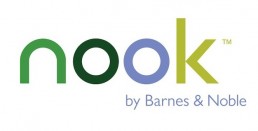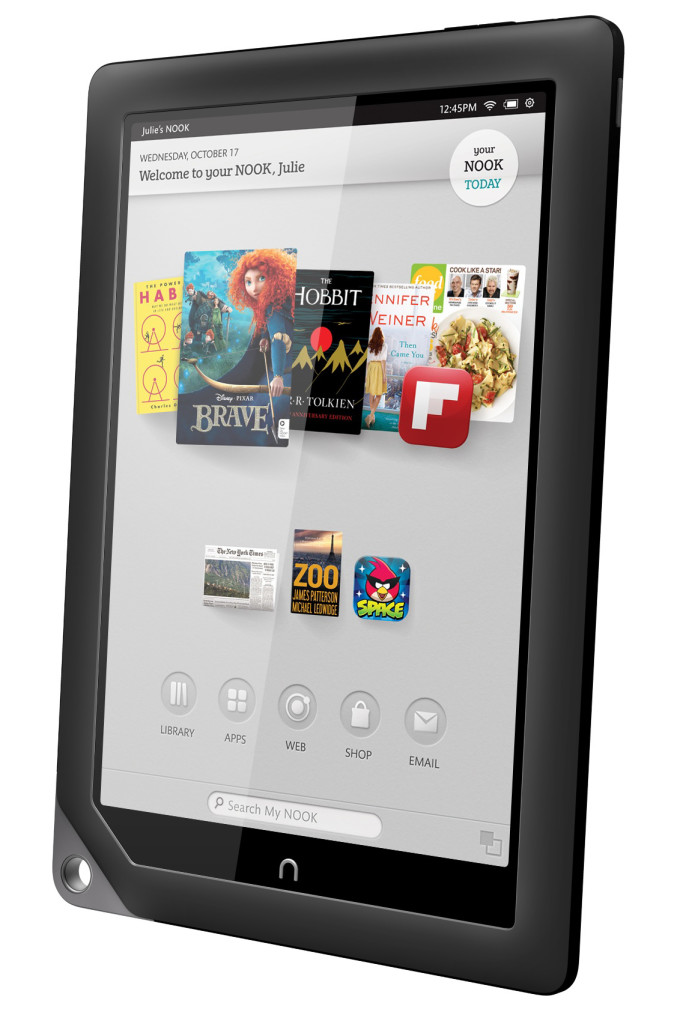ereader
Barnes & Noble Nook HD+ Still Provides Best Value
In the last couple of years, the tablet market has become increasingly more crowded and competitive. However, in each generation, there are a number of standout models to consider in each tier. The latest generation had the Apple iPad and Google Nexus 10 in the top tier, comprised of 10 inch tablets. Just below that were the Amazon Kindle Fire HD 8.9 inch model and the Barnes & Noble Nook HD+ 9 inch tablet. And in the 7 inch range were the Amazon Kindle Fire HD, the Barnes & Noble Nook HD, the Google Nexus 7, and the iPad Mini.
Many of those lines are currently in the process of being refreshed. The Google Nexus 7’s second iteration has already been released, Amazon is on the verge of refreshing their entire line, Apple is expected to release new iPad models within the next 3 weeks, and there are rumors swirling of a new Google Nexus 10 possibly being released in Q4 2013. Some of you may have noticed I made no mention of a new Barnes & Noble tablet on the horizon. With that in mind, this next statement may seem like an odd one: the Barnes & Noble HD+ provides by far the best value for a tablet, and will continue to do so even as the new generation of tablets release this fall.
Many of you will ask “How is that possible? That tablet was released almost a year ago, and there are newer and better tablets forthcoming, plus the previous generation of tablets will all drop in price.” There are two parts to that question, and I’ll address each of them separately.
The first part is a question as to how a year old tablet can compete with brand new top of the line tablets. The answer to that is simple: price. The Barnes and Noble HD+ is currently selling for $149 with 16GB of storage included, the brand new Nexus 7 sells for $229 with 16GB of storage included. Look back to the first paragraph of this article: the Nexus 7 originated in a lower tier than the Nook HD+, 7 inch tablets vs. 9 inch tablets. Despite this fact, it currently sells for a significantly higher price. Of course someone familiar with these tablets will point out that the Nexus 7 now has upgraded parts and performance, so I urge you to compare the two tablets.
Nexus 7 (2013) (configured at $229) –
- SOC: Qualcomm Snapdragon S4 Pro APQ8064
- RAM: 2 GB
- Storage: 16 GB
- Camera: 5 MP rear, 1.2 MP front
- Battery: 3950 mAh
- Screen Size: 7.0 inches
- Resolution: 1920x1200
- Weight: 10.55 oz
- Expandable Storage: None
Nook HD+ (configured at $149) –
- SOC: TI OMAP 4470
- RAM: 1 GB
- Storage: 16 GB
- Camera: None
- Battery: 6000 mAh
- Screen Size: 9.0 inches
- Resolution: 1920x1280
- Weight: 18.17 oz
- Expandable Storage: Up to 64 GB (microSD/microSDHC/microSDXC)
Some would look at those numbers and feel vindicated in choosing the Nexus 7 (2013) over the Nook HD+, but you may want to consider some things first. Yes, the Nexus 7 has 2 cameras and the Nook HD+ has none, the Nook HD+ is heavier, it has less RAM, and it doesn’t run stock Android. However, it does have some key advantages such as a battery that’s over 50% larger than the Nexus 7, it has an ever so slightly higher resolution, it has a larger screen (which is usually considered an advantage when talking about tablets), and it has expandable storage. Not to mention the obvious fact that it’s a full $80 cheaper, something that becomes even more significant when considering the low price brackets these tablets are competing in. The pricing becomes even more impactful when talking about upgraded storage: the 32 GB Nook HD+ is $179 ($30 more than the 16 GB) whereas the 32 GB Nexus 7 is $269 ($40 more than the 16 GB). Also, because the Nook HD+ has expandable storage, the user can add an extra 32 GB onto either model for a mere $20.
In regards to the second point from the question above, which was basically “how can the Nook HD+ compete against older tablets that will see price drops?” I provide you with the following example. The original Nexus 7, which began in a lower tier than the Nook HD+ at its release, has been given a price drop due to the 2013 model being released. The old Nexus 7 has a less powerful processor, the same amount of RAM, a smaller battery, smaller screen, worse resolution, has no expandable storage, and only comes with a 1.2 MP front facing camera. So why does it currently retail for $179?
I can provide similar examples for all the tablets currently on the market and forthcoming to the market, but that would make this article excruciatingly long. I chose to use the Nexus 7 as my example because its new iteration has already been released and we can see how the price of the old model has been affected. To those of you still skeptical, I say good luck finding a 1080p tablet at $149 other than the Nook HD+. I also say good luck to those trying to find a 1080p tablet with expandable storage at $149 that is not the Nook HD+. There is no better value on the market, and there isn’t anything on the horizon that will provide better value.
This isn’t to say there aren’t downsides to the Nook HD+ of course; I hardly think it’s a perfect tablet. I would prefer it if it had cameras for video chatting, and having more RAM and a faster processor would be nice. I also dislike the fact it runs Barnes & Noble’s proprietary skinned Android, though I applaud Barnes & Noble for providing open access to the Google Play marketplace with their last update to the Nook HD+ (2.1.0). However, for those willing to do so, users can change the OS on their Nook HD+ to something more appealing such as CyanogenMod 10.1 (Android 4.2) or 10.2 (Android 4.3).
Now the question becomes “why is Barnes & Noble selling these tablets so cheaply?” The answer includes a variety of factors, the primary being slow sales. When the Nook HD+ launched, it was priced at $269, the same price as Amazon’s Kindle Fire HD 8.9” and more expensive than the Nexus 7. Also, until May 2013, the Nook HD+ did not have support for the Google Play market and limited users to the few offerings in the Barnes & Noble Nook App Store. The Amazon Kindle Fire series at least made it possible to sideload apps despite not providing Google Play access, whereas the Nook HD+ had its OS too locked down to make sideloading a feasible workaround. This made the Nook HD+ a fairly unappealing option for the first six months since its release.
The low sales caused Barnes & Noble to drop the price of the Nook HD+, using the gaming console strategy of selling the consumer hardware without making a profit, and instead making profit on the software the user will buy for the platform. This strategy still did not work for Barnes & Noble because the downsides of being tied down by the Nook App Store were too significant to overcome despite the price difference since a useless tablet is still useless regardless of how cheap it is. Barnes & Noble then made the surprising decision to give users access to the Google Play marketplace, much to the delight of owners and consumers, because this suddenly made the Nook HD+ became a viable tablet.
From a financial perspective, this was highly problematic to Barnes & Noble. They would not be making money on software, because the vast majority of app purchases were happening through the Google Play marketplace, and they would be making very little money on hardware because although sales were up, they had dropped the price on the tablet significantly already. The obvious solution would be to raise the price back up, but consumers don’t take kindly to price increases on aging technology, so that wasn’t really an option.
At this point, Barnes & Noble made the decision to stop making Nook tablets, and that instead they would work with third-party manufacturers to co-create tablets, though they would continue making e-readers. In order to clear stock, they would sell off the Nook HD+ tablets at close to the cost of making them.
While this provided the opportunity to buy a $149 1080p Android tablet with expandable storage, there was a major concern that prevented me from recommending it to everyone. Since Barnes & Noble said they would cease to make their own tablets, it was highly likely that they would cease development and support for their existing tablets. This would be a situation highly familiar to adopters of the HP tablets running WebOS.
Luckily though, Barnes & Noble reversed their decision and decided that they would in fact continue making Nook tablets. This means that we can confidently expect future support for Nook devices.
At $149, the Nook HD+ is tough to beat, regardless of what new tablets are coming to market. It gives you a full HD screen, expandable storage, access to the Android store, the option to flash it with a custom ROM, and a generally solid experience. If you’re looking for value, look no further, because the Nook HD+ cannot be beaten.


